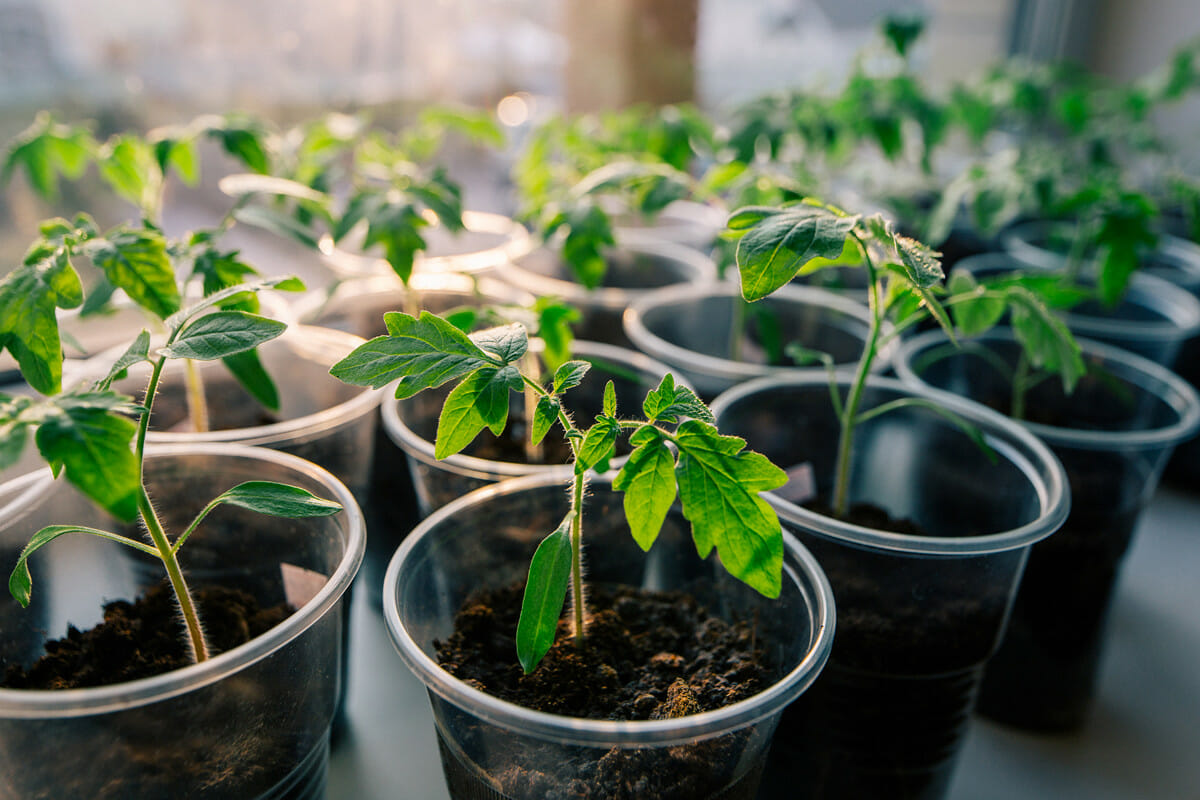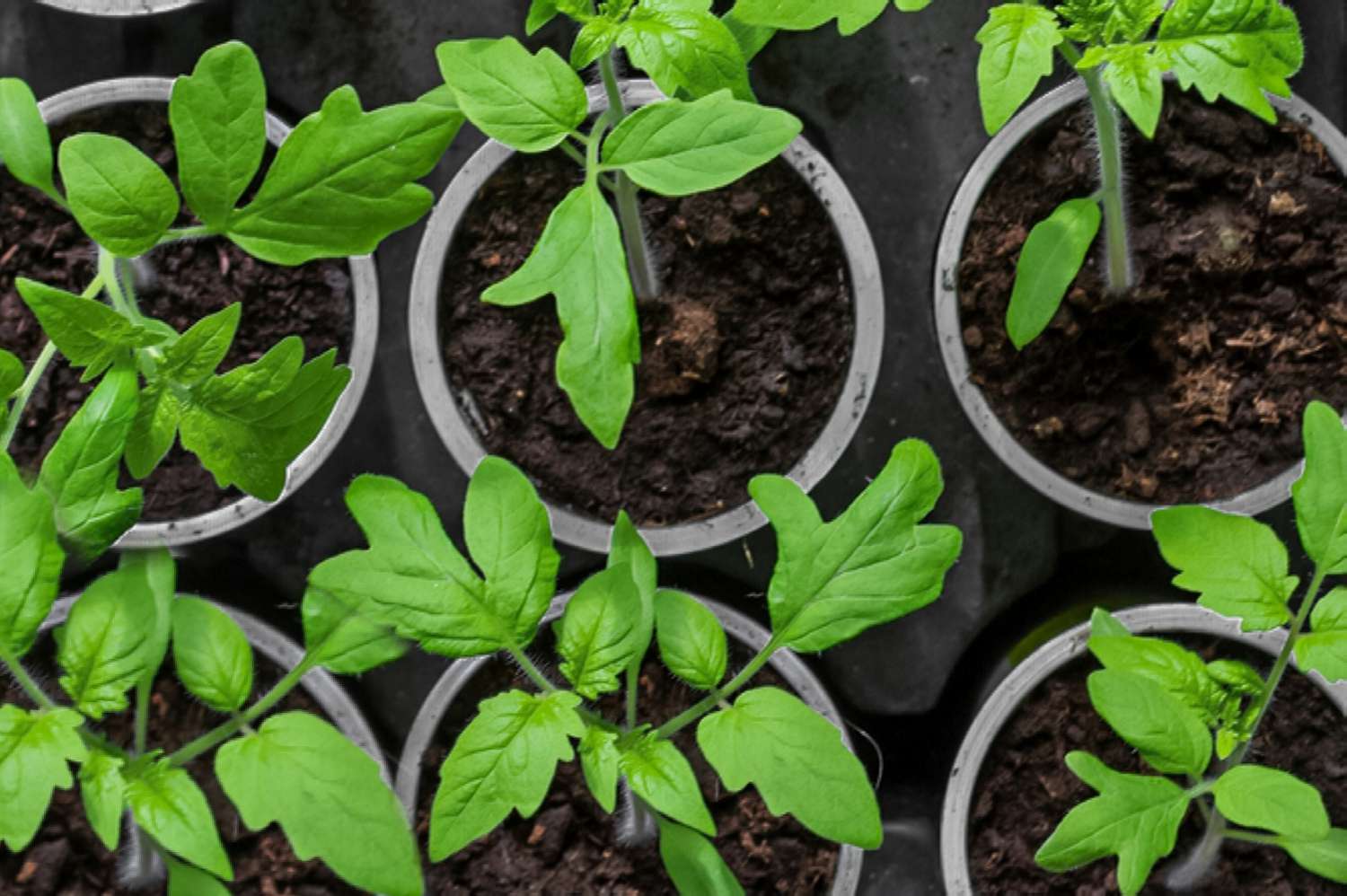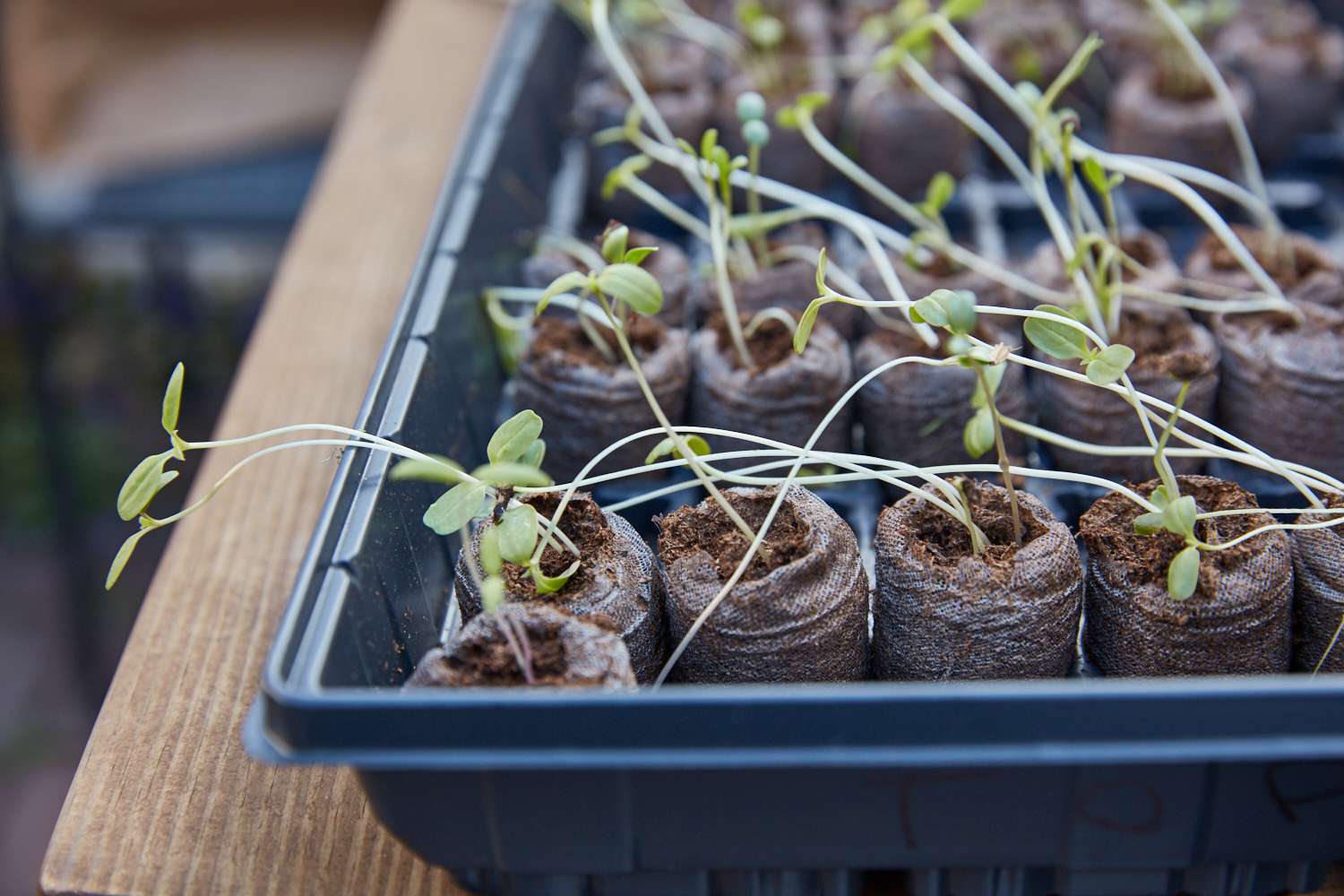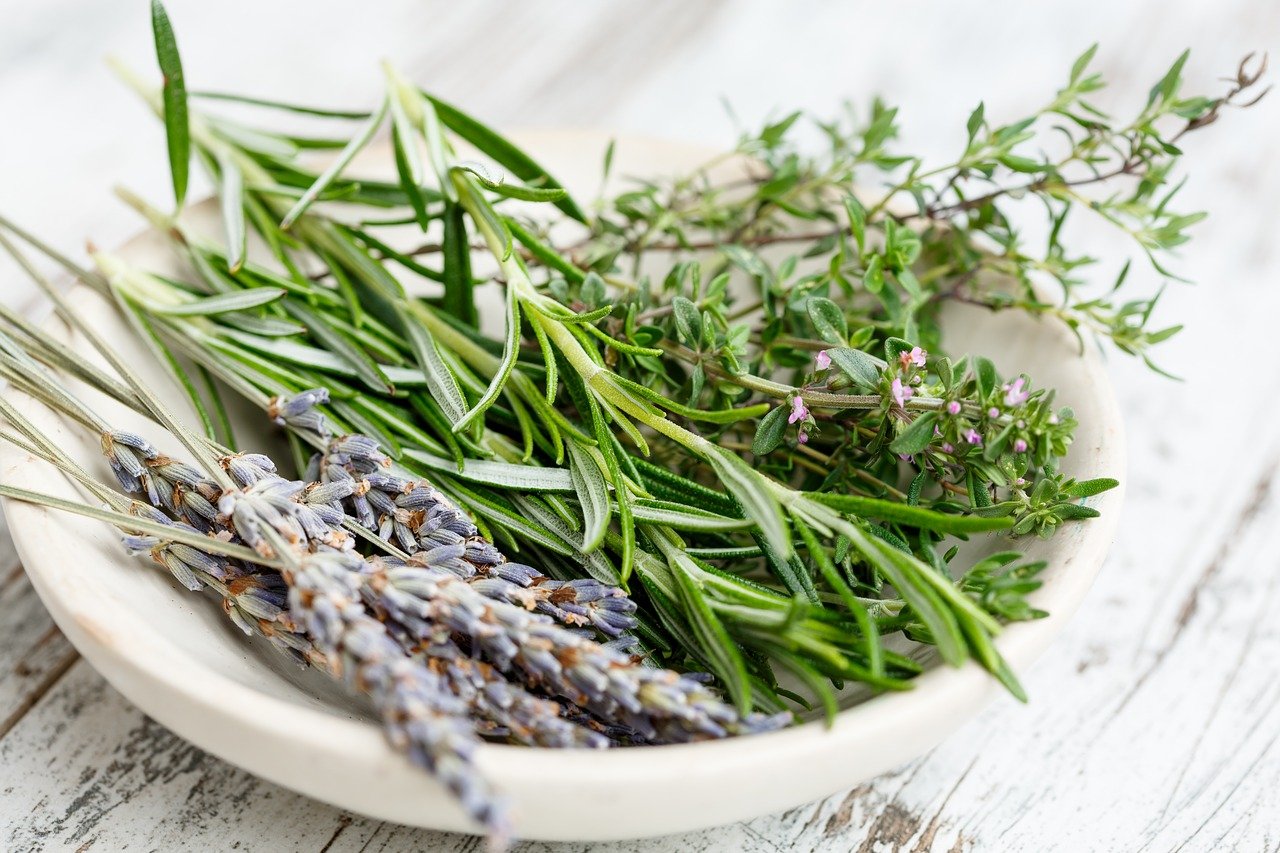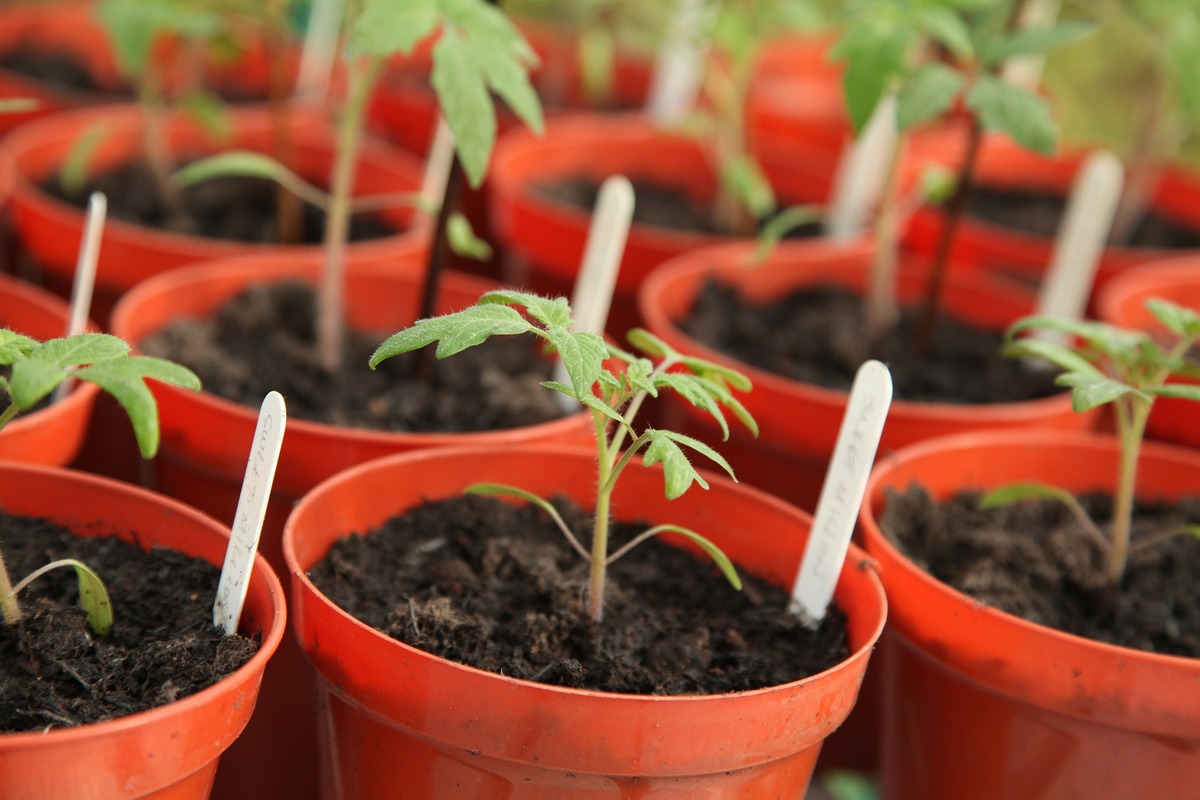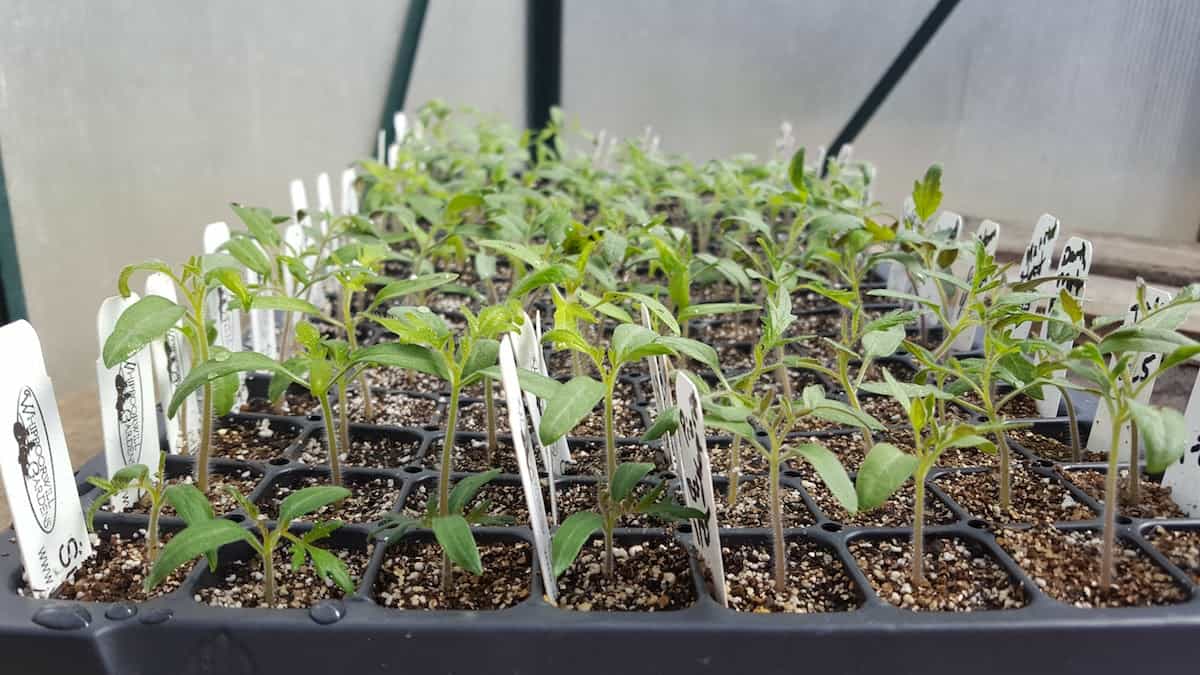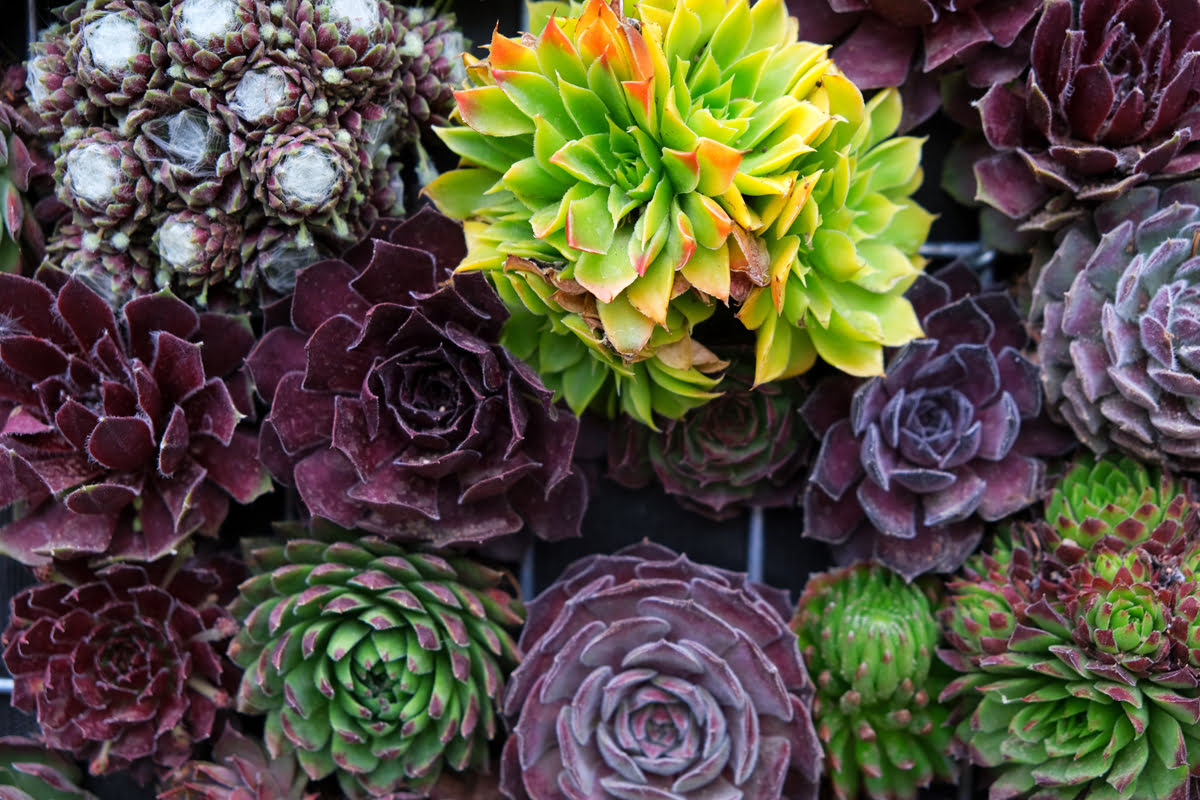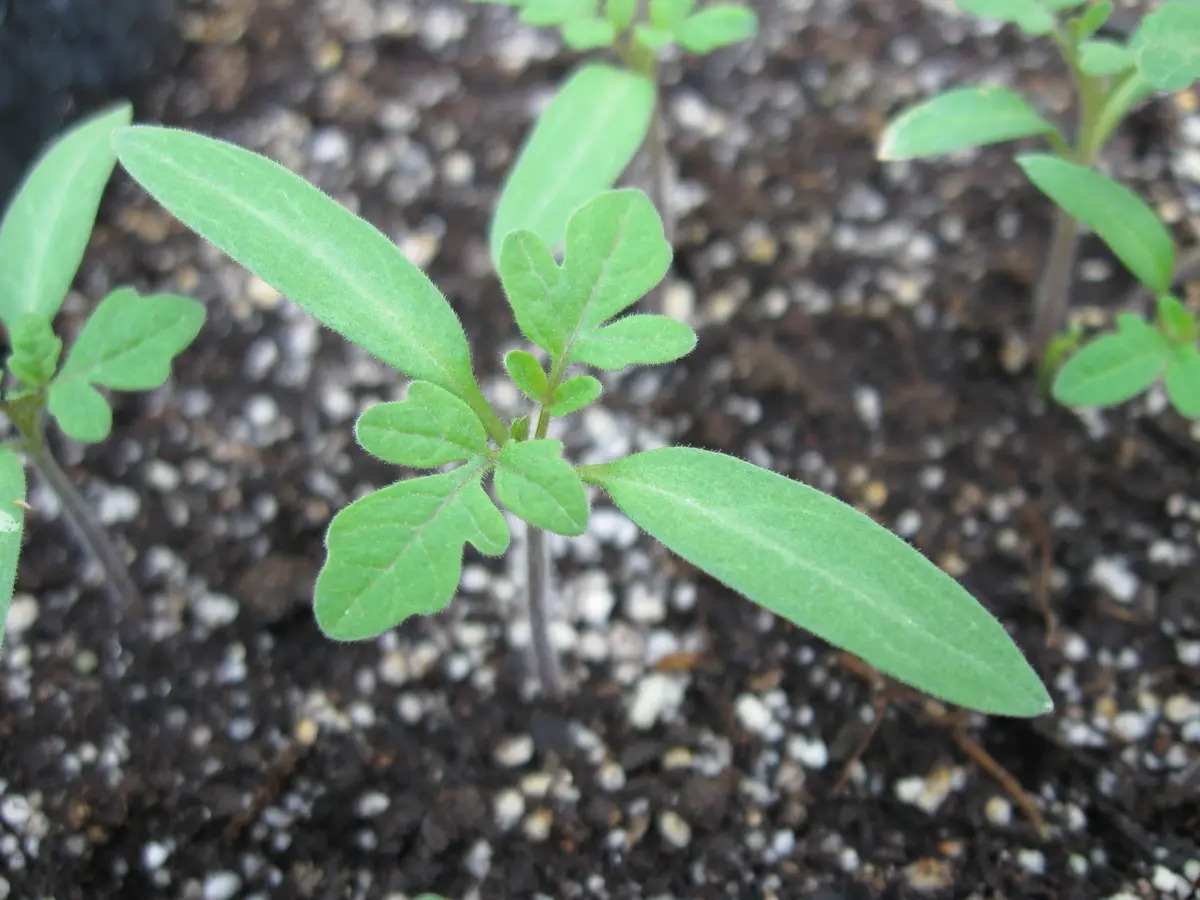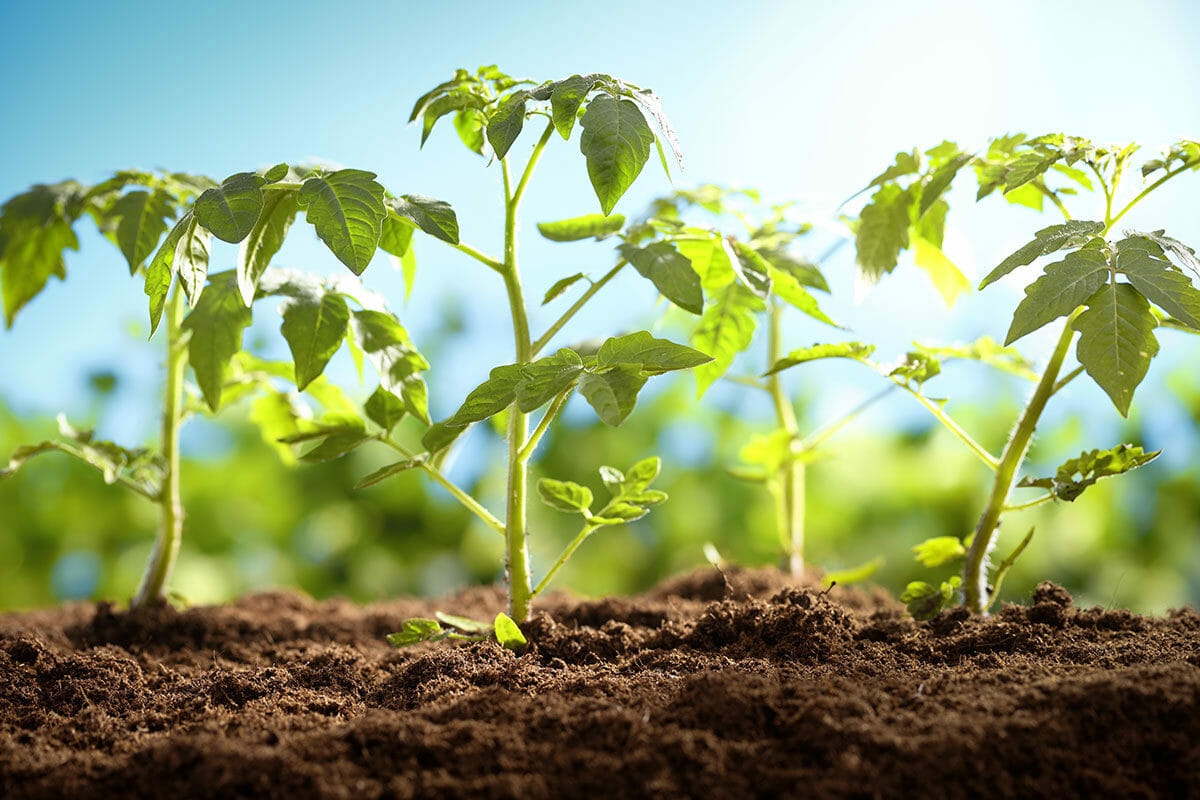Home>Types of Gardening>Edible Gardening>What Cold Temperature Can Tomato Seedlings Tolerate


Edible Gardening
What Cold Temperature Can Tomato Seedlings Tolerate
Published: December 31, 2023
Learn about the cold temperature tolerance of tomato seedlings in edible gardening. Discover how to protect your plants in chilly weather.
(Many of the links in this article redirect to a specific reviewed product. Your purchase of these products through affiliate links helps to generate commission for Chicagolandgardening.com, at no extra cost. Learn more)
Table of Contents
**
Introduction
**
Tomatoes are a popular choice for home gardeners due to their versatility, vibrant colors, and delectable flavors. However, successful tomato cultivation hinges on understanding the ideal conditions for seedling development, particularly in relation to temperature. As spring approaches and gardeners eagerly prepare to sow their tomato seeds, the consideration of cold tolerance becomes paramount. In this article, we will explore the factors influencing tomato seedling tolerance to cold temperatures, the optimal temperature range for their growth, the mechanisms that enable them to withstand cold, and practical methods to shield them from adverse weather conditions. By delving into these aspects, we aim to equip gardeners with the knowledge needed to nurture robust and resilient tomato seedlings, ultimately leading to a bountiful harvest.
Understanding the impact of cold temperatures on tomato seedlings is crucial for cultivating a thriving garden. Let's embark on this exploration to uncover the secrets of nurturing resilient tomato seedlings in the face of chilly weather.
Factors Affecting Tomato Seedling Tolerance to Cold Temperatures
The ability of tomato seedlings to withstand cold temperatures is influenced by various factors, each playing a pivotal role in determining their resilience. One of the primary factors is the genetic makeup of the tomato variety. Certain tomato cultivars exhibit greater cold tolerance, enabling them to endure lower temperatures without succumbing to damage. Additionally, the stage of growth at which the seedlings are exposed to cold temperatures significantly impacts their ability to withstand the chill. Young seedlings are generally more vulnerable to cold stress compared to more mature plants, underscoring the importance of timing in cold-weather preparation.
Furthermore, environmental conditions such as soil moisture levels and air humidity can influence the cold tolerance of tomato seedlings. Adequate soil moisture is essential for maintaining the plant’s metabolic processes, thereby bolstering its ability to withstand cold stress. Conversely, excessively wet or waterlogged soil can impede root respiration and lead to chilling injury in the seedlings. Humidity levels in the surrounding air also play a role, as high humidity can exacerbate the impact of cold temperatures on the seedlings, making them more susceptible to damage.
Another crucial factor is the duration and intensity of the cold spell. Prolonged exposure to near-freezing temperatures or sudden drops in temperature can pose a greater threat to tomato seedlings, potentially causing irreversible harm. Additionally, the presence of protective measures, such as row covers or mulching, can mitigate the impact of cold temperatures on the seedlings, enhancing their ability to endure adverse weather conditions.
By understanding and addressing these factors, gardeners can proactively bolster the cold tolerance of their tomato seedlings, setting the stage for robust growth and a fruitful harvest.
Optimal Temperature Range for Tomato Seedlings
Tomato seedlings thrive within a specific temperature range, and understanding these optimal conditions is crucial for fostering their healthy growth. Generally, tomato seeds germinate best when the soil temperature is between 65-85°F (18-29°C). Once germinated, the ideal daytime air temperature for young tomato seedlings ranges from 70-75°F (21-24°C), while nighttime temperatures should not drop below 60°F (15°C). These moderate temperatures facilitate robust growth and development, allowing the seedlings to establish sturdy roots and vigorous foliage.
While tomato plants are renowned for their warmth-loving nature, excessively high temperatures can also pose challenges. When daytime temperatures consistently exceed 95°F (35°C), tomato plants may experience heat stress, leading to reduced fruit set and diminished overall vigor. To mitigate the impact of high temperatures, providing adequate shade and ensuring sufficient moisture levels in the soil are essential.
Conversely, exposure to cold temperatures below 50°F (10°C) can impede the growth of tomato seedlings, potentially causing chilling injury and hampering their overall development. As such, maintaining a balance within the optimal temperature range is vital for nurturing resilient and productive tomato seedlings.
By being mindful of these temperature parameters and implementing appropriate measures to regulate environmental conditions, gardeners can create an optimal growing environment for their tomato seedlings, setting the stage for a thriving and abundant harvest.
Cold Tolerance Mechanisms in Tomato Seedlings
Tomato seedlings possess remarkable adaptive mechanisms that enable them to withstand cold temperatures and thrive in diverse environmental conditions. One of the key mechanisms employed by tomato seedlings is the accumulation of compatible solutes, such as sugars and amino acids, within their cells. These solutes act as cryoprotectants, safeguarding the cellular structures from damage caused by ice formation during cold exposure. Additionally, the accumulation of these solutes helps maintain cellular osmotic balance, ensuring the overall integrity of the seedlings’ cells.
Another crucial aspect of cold tolerance in tomato seedlings is the activation of specific genes that regulate the expression of cold-responsive proteins. These proteins play a pivotal role in protecting the seedlings from the detrimental effects of cold stress. For instance, cold-inducible transcription factors and antifreeze proteins contribute to enhancing the seedlings’ resilience to low temperatures, enabling them to thrive even in chilly conditions.
Furthermore, the process of cold acclimation plays a significant role in bolstering the cold tolerance of tomato seedlings. When exposed to gradually decreasing temperatures, the seedlings undergo physiological and biochemical changes that enhance their ability to withstand cold stress. This includes the modification of membrane lipid composition, the accumulation of protective proteins, and the activation of antioxidant defense systems, all of which collectively contribute to the seedlings’ cold tolerance.
Additionally, the formation of protective structures, such as cuticular waxes and trichomes, on the surfaces of the seedlings serves as a physical barrier against cold-induced damage. These structures help reduce water loss and insulate the seedlings, minimizing the impact of cold temperatures on their physiological processes.
By harnessing these innate mechanisms and understanding the intricate adaptations of tomato seedlings to cold stress, gardeners can cultivate resilient and robust plants capable of thriving in diverse climatic conditions, ultimately reaping a bountiful harvest.
How to Protect Tomato Seedlings from Cold Temperatures
When faced with impending cold weather, gardeners can employ various strategies to shield their tomato seedlings from the potentially damaging effects of low temperatures. One effective method is to utilize row covers or frost cloths to create a protective barrier around the seedlings. These covers help trap heat from the soil and retain warmth around the plants, safeguarding them from the chilling impact of cold air. Additionally, employing mulching materials, such as straw or shredded leaves, around the base of the seedlings can insulate the soil, preventing rapid temperature fluctuations and minimizing cold stress.
Strategic placement of cold frames or temporary hoop houses can provide an added layer of protection for tomato seedlings, creating a microclimate that shields them from harsh external conditions. These structures effectively capture and retain solar radiation, elevating the ambient temperature within the enclosed space and shielding the seedlings from the brunt of cold weather.
Water management also plays a crucial role in protecting tomato seedlings from cold temperatures. Ensuring adequate soil moisture before an anticipated cold spell can help mitigate the impact of low temperatures on the plants. However, it is essential to avoid overwatering, as excessively wet soil can exacerbate cold stress. Additionally, watering the plants before the onset of a cold night can provide a degree of thermal protection, as the latent heat released during water evaporation can help moderate the temperature in the immediate vicinity of the seedlings.
Furthermore, situating the tomato seedlings in well-drained areas and avoiding low-lying frost pockets can minimize the risk of cold-related damage. Elevated locations with good air circulation can help reduce the likelihood of cold air pooling around the plants, reducing the risk of frost damage.
By implementing these protective measures and leveraging the available resources, gardeners can effectively safeguard their tomato seedlings from the adverse effects of cold temperatures, fostering their healthy growth and ensuring a successful harvest.
Conclusion
As gardeners embark on the rewarding journey of cultivating tomato seedlings, understanding the nuances of cold tolerance and optimal temperature ranges is paramount for ensuring the success of their endeavors. By delving into the factors influencing tomato seedling tolerance to cold temperatures, including genetic predispositions, environmental conditions, and the duration of cold exposure, gardeners can proactively fortify their plants against the perils of chilly weather.
Moreover, recognizing the optimal temperature range for tomato seedlings and the mechanisms that underpin their cold tolerance empowers gardeners to create an environment conducive to robust growth and resilience. From the accumulation of cryoprotectants and the activation of cold-responsive genes to the strategic implementation of protective measures, the innate adaptations of tomato seedlings to cold stress unveil a world of possibilities for cultivating thriving plants even in the face of adverse weather conditions.
Armed with practical strategies to shield tomato seedlings from cold temperatures, such as utilizing row covers, employing mulching materials, and strategic water management, gardeners can navigate the challenges posed by inclement weather, nurturing their plants towards a bountiful harvest.
Ultimately, the journey of cultivating tomato seedlings transcends the realm of horticulture, weaving a tapestry of resilience, adaptability, and stewardship. By embracing the intricacies of cold tolerance and temperature management, gardeners embark on a transformative experience, fostering not only the growth of their plants but also their own connection to the natural world.
As the seasons unfold and the tender seedlings evolve into flourishing plants laden with vibrant, sun-ripened fruits, the efforts invested in understanding and safeguarding tomato seedlings from cold temperatures culminate in a rich tapestry of abundance and fulfillment, celebrating the timeless dance between nature and nurture.
